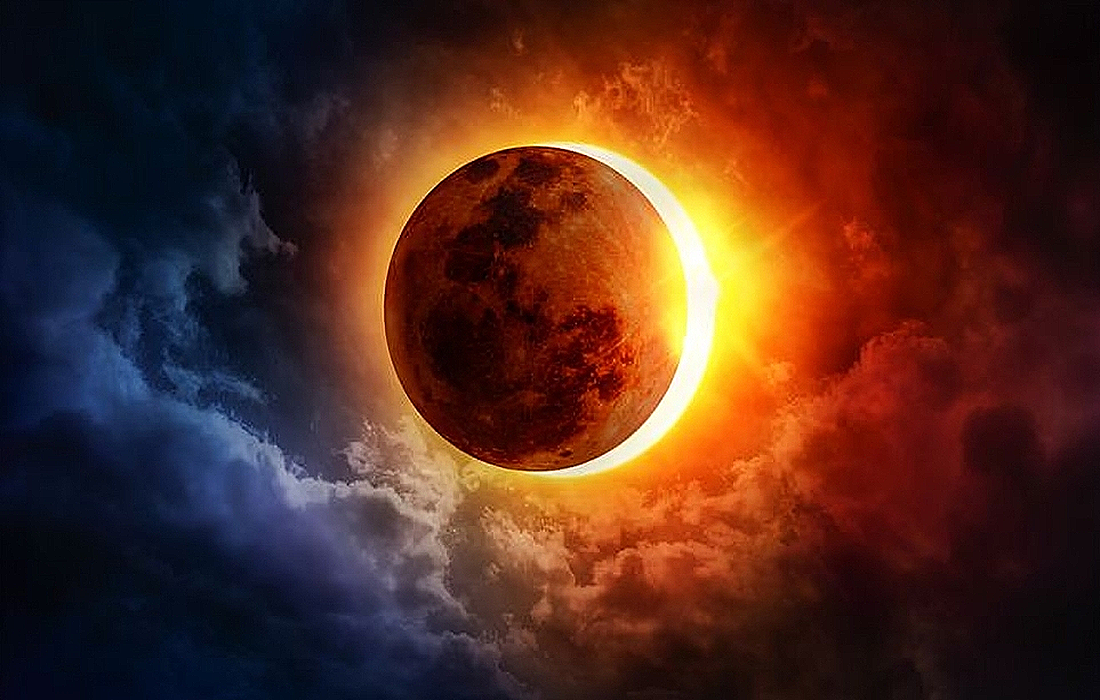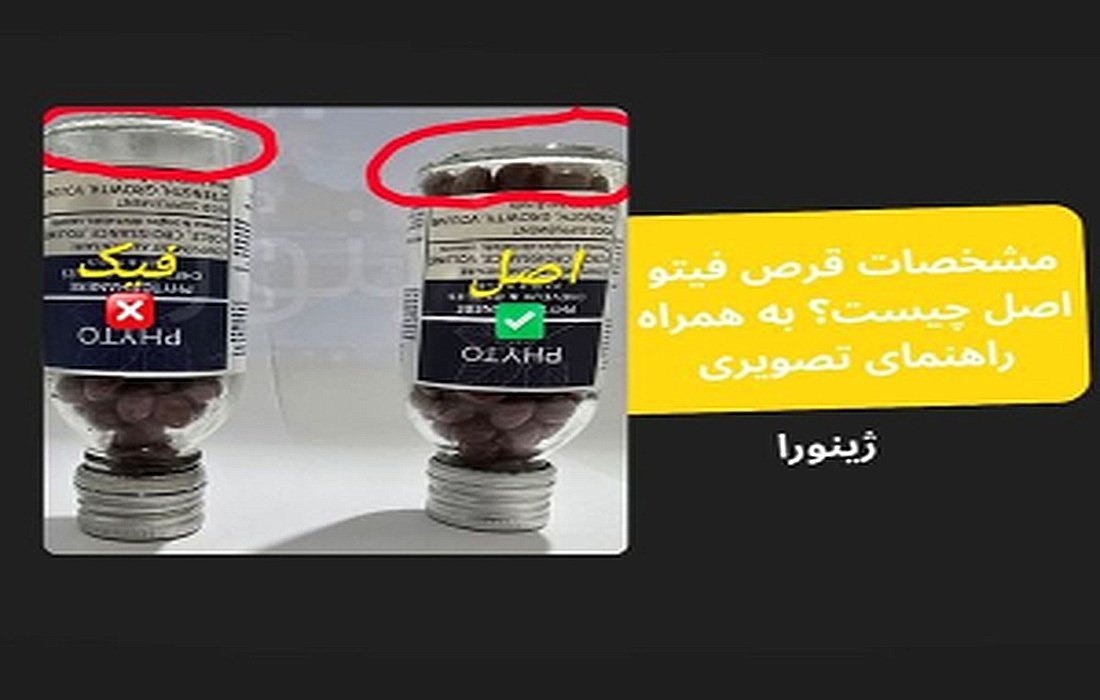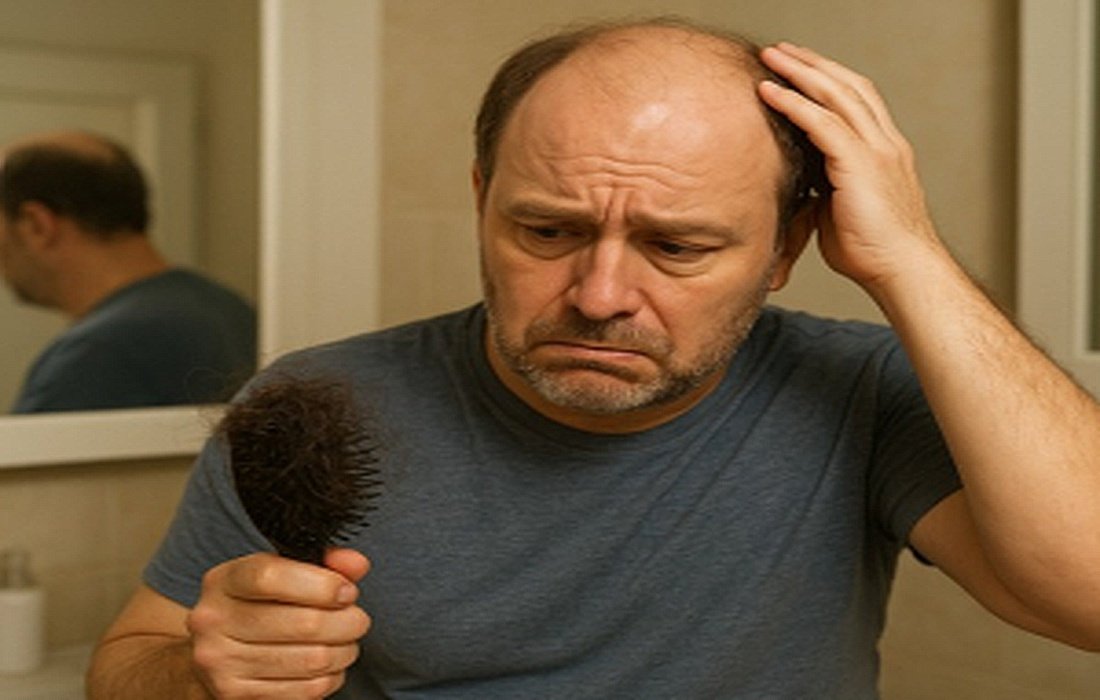Brown spots after laser treatment often occur because of skin inflammation, excessive irritation, or improper post-laser care. In most cases, this discoloration is temporary and can be reduced with simple aftercare methods such as regular use of regenerative and lightening creams. However, in some cases, more advanced treatments or even visiting a specialist doctor may be necessary. Understanding the cause of these spots and taking prompt action for treatment are key to restoring healthy, even skin.
Are brown spots after laser treatment permanent?
This is a major concern for many people facing this issue. The good news is that most brown spots after laser are temporary and treatable. The duration of spots varies depending on their severity and skin type. Superficial spots may fade within a few weeks to months, while deeper spots may require longer treatment.
Fast treatment for spots after laser
Starting treatment early significantly increases the chances of success. The sooner you begin using appropriate anti-spot and anti-inflammatory products, the more you prevent spots from becoming deeper. In addition to topical treatments, oral supplements are also known as a supportive way to brighten the skin.

Home remedies and medical treatments for spots after laser
Treating brown spots after laser requires a multi-faceted approach that includes topical skincare and sometimes oral supplements. Choosing the right product and using it consistently is the key to success.
Using anti-spot and brightening products
Topical products and certain dietary supplements play an important role in skin brightening.
- Applying anti-spot and brightening creams containing active ingredients like alpha arbutin, vitamin C, and niacinamide gradually reduces melanin production and lightens spots. Effective options include Arden anti-spot cream, MQ anti-spot cream, and Lafarre Vitamin C Brightening Serum.
- Glutathione, one of the strongest antioxidants fighting hyperpigmentation, is found in supplements such asPigmenta tabletsBy changing melanin from dark to light, these help even out skin tone and fade spots.
Regular use of mineral sunscreens for sensitive skin
The most important step in treating and preventing spots is regular use of sunscreen. Mineral sunscreens containing zinc oxide and titanium dioxide are ideal for sensitive skin after laser, as they are less irritating and form a strong physical barrier against UV rays.
Using cleansing and exfoliating skincare products
Along with topical anti-spot creams, gentle exfoliating products can also help fade spots.
- Using serums or creams with alpha hydroxy acids (AHA), which gently exfoliate, helps replace damaged cells and brighten the skin.
- Using skin cleansing and purifying supplements such asLactosinekwhich aid in skin purification and health. Lactosinek contains anti-inflammatory compounds like lactoferrin and herbal extracts, and is also popular for treating acne and acne scars.
Creams for skin regeneration and anti-inflammatory treatments to reduce redness and spots
After laser, skin needs to recover. Using regenerative creams containing ingredients like ceramides, panthenol, and Centella Asiatica helps reduce inflammation and redness, which indirectly prevents spots from forming.
Clinical methods for resistant spots
Sometimes, deep or resistant spots require clinical treatments prescribed by a doctor.

- Gentle chemical peeling: removes surface layers of skin and helps lighten spots.
- Additional lasers to eliminate deep spots: In some cases, the doctor may use different wavelength lasers with gentler settings to effectively remove deep spots caused by PIH.
- Mesotherapy or microneedling combined with anti-spot serums: These methods create microchannels in the skin, increasing serum absorption and stimulating healing and regeneration to improve spot appearance.
Why do brown spots form after laser?
Post-inflammatory hyperpigmentation (PIH) is a natural reaction of the body to damage or inflammation, leading to increased melanin (skin pigment) production at the injury site.
Post-inflammatory hyperpigmentation (PIH)
PIH occurs as a defense response by the body to any skin inflammation or damage (such as cuts, burns, or beauty treatments like laser). When the skin is injured, the immune system activates to repair it, which can stimulate melanocyte cells (pigment-producing cells) to produce more melanin, causing darker spots.
Temporary damage to melanocytes
The laser energy targets specific skin layers, causing controlled damage. This triggers the body’s defense system and an inflammatory response. In some individuals, this inflammation stimulates melanocytes excessively, leading to darker spots than the natural skin tone at the treatment site.
Skin type and laser intensity
Various factors can increase the risk of brown spots:
- Skin type: Darker or tan skin types are at higher risk because their melanocytes are more active.
- Laser intensity: Improper laser settings and using more energy than needed for a skin type can cause more damage and inflammation.
Preventing spots after laser
The best treatment is prevention. To avoid brown spots after laser, follow these important tips:
- Daily use of mineral sunscreen
- Avoid direct sunlight for two weeks after treatment
- Avoid irritating creams or scrubs for at least two weeks post-laser







